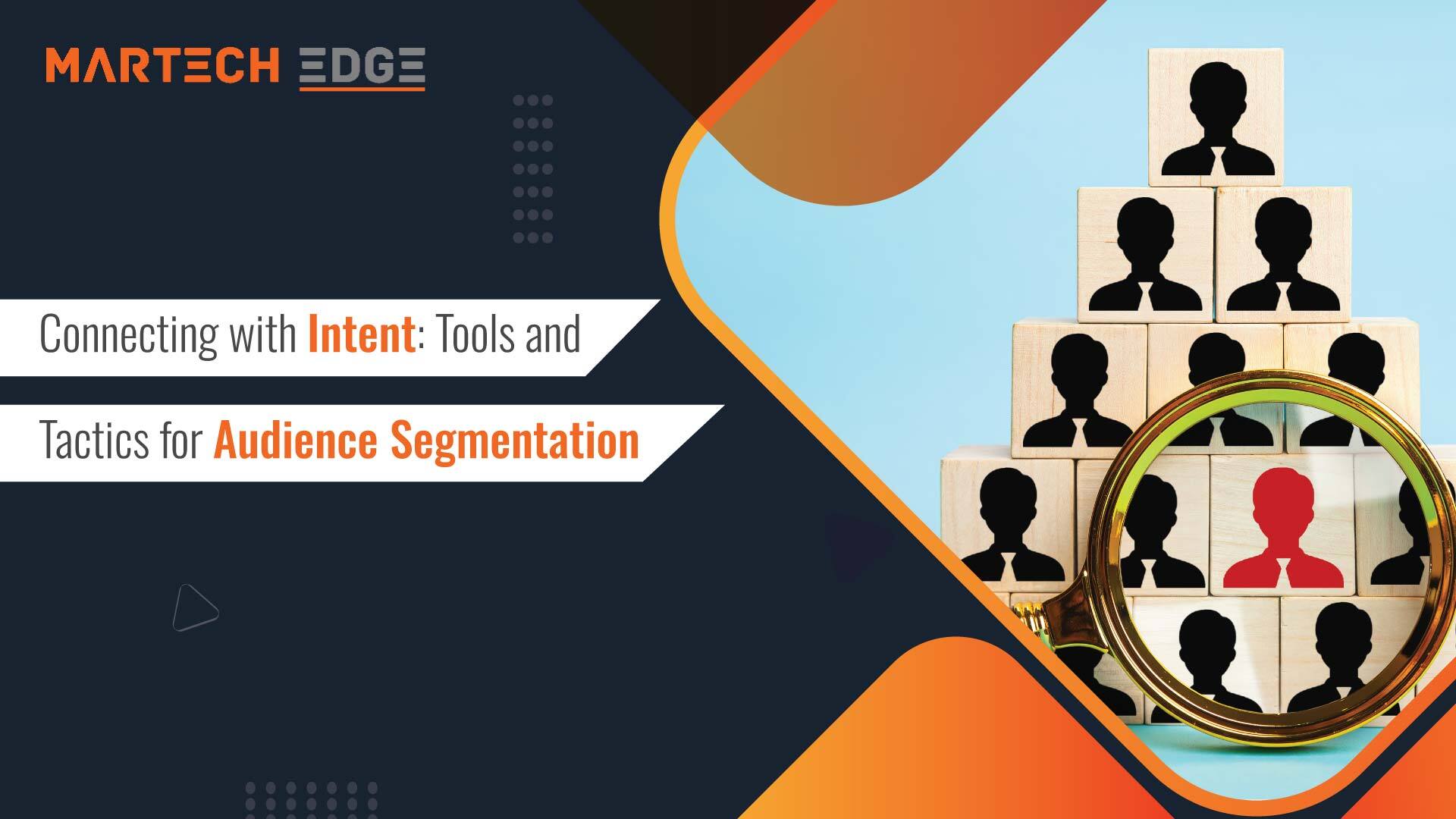
Connecting with Intent: Tools and Tactics for Audience Segmentation
Today's evolving marketing landscape demands the ability to connect with audiences on a meaningful level. The concept of audience segmentation stands as a linchpin in this pursuit, offering a strategic approach to understanding and reaching diverse groups with distinct preferences and behaviors. As the online sphere expands, the need for a nuanced understanding of your audience has become more crucial than ever. You decipher your audience and tailor interactions to foster deeper engagement.
Tactics for Effective Audience Segmentation
To elevate audience segmentation, you must employ specific tactics that refine your understanding of diverse audience segments.
Creating Detailed Buyer Personas
Develop detailed representations of your ideal customers.
Tactic: Conduct research to identify demographic, psychographic, and behavioral traits. Use this information to craft personas that embody the characteristics of distinct audience segments.
Benefits: Provides a clear understanding of different customer groups' unique needs, motivations, and challenges.
Dynamic Content Creation
It generates content that adapts to the characteristics and preferences of specific segments.
Tactic: Use dynamic content tools to display different versions of a webpage, email, or advertisement based on segmentation criteria.
Benefits: Increases relevance and engagement by delivering content that resonates with the unique interests of diverse audience groups.
Lifecycle Marketing
Tailoring marketing efforts to correspond with different stages of the customer journey.
Tactic: Develop specific campaigns and communications for audience segments based on where they are in the purchasing process.
Benefits: Improves conversion rates and customer satisfaction by providing targeted information and support at each buying cycle stage.
Social Listening and Monitoring
Monitoring social media channels for conversations, mentions, and sentiments related to your brand or industry.
Tactic: Analyze social media data to identify emerging trends, sentiment shifts, and discussions relevant to different audience segments.
Benefits: Enhances responsiveness and enables real-time marketing strategy adjustment based on social insights.
A/B Testing for Segmentation Optimization
Comparing two or more versions of a marketing element to determine which performs better.
Tactic: Implement A/B tests on different segments to refine messaging, visuals, or offers based on real-time performance data.
Benefits: Enables continuous optimization of strategies by identifying the most effective approaches for each audience segment.
Tools for Audience Segmentation
The landscape of audience segmentation is vast and intricate, necessitating the utilization of tools to dissect the diverse layers of consumer behavior. When used in conjunction, these tools empower you to move beyond generic marketing strategies.
Data Analytics Tools
Google Analytics
Purpose: Comprehensive web analytics tool for understanding user behavior.
Features: Demographic insights, user interests, and behavior flow analysis.
Benefits: In-depth data on website visitors, helping refine content and marketing strategies.
Social Media Insights
Purpose: Analyzing audience engagement across social platforms.
Features: Demographic data, post-performance metrics, and audience engagement analytics.
Benefits: Enables personalized content creation based on the preferences and behaviors of specific social media audiences.
CRM Software
Purpose: Centralized platform for managing customer interactions and data.
Features: Customer profiles, purchase history, and communication preferences.
Benefits: Facilitates targeted communication, personalized offers, and improved customer relationship management.
Surveys and Feedback Tools
Online Surveys
Purpose: Gathering direct feedback from the audience.
Features: Customizable survey questions and feedback forms.
Benefits: Provides firsthand insights into customer preferences, opinions, and expectations.
Feedback Forms
Purpose: Collecting continuous feedback on specific touchpoints.
Features: Embedded forms on websites, emails, or applications.
Benefits: Real-time insights into user experiences, allowing for swift adjustments to improve satisfaction.
Polls and Quizzes
Purpose: Engaging and interactive tools for audience feedback.
Features: Quick polls on social media, quizzes within content.
Benefits: Encourages audience participation, providing valuable data on preferences and interests.
Evolving Trajectories
One prominent trend is the integration of AI and ML algorithms to enhance segmentation precision. AI-driven segmentation will automate the process and continuously adapt to changing consumer behaviors, ensuring marketing strategies remain agile and responsive in a dynamic market landscape. Additionally, the rising importance of ethical and privacy-conscious data practices will shape the future of audience segmentation. The emphasis will be on obtaining explicit consent for data collection, prioritizing user privacy, and offering opt-in/opt-out mechanisms.
Conclusion
The future of audience segmentation is poised to witness a shift driven by technological advancements and evolving consumer expectations. Striking the right balance between technological innovation and ethical conduct will be the key to effectively segmenting audiences for building trust and loyalty in an increasingly discerning consumer landscape. You need to embrace the change to thrive in an era where personalized and ethical communication is not just a preference but an expectation.

audience data marketing
Join our newsletter!
Enter your email to receive our newsletter.




